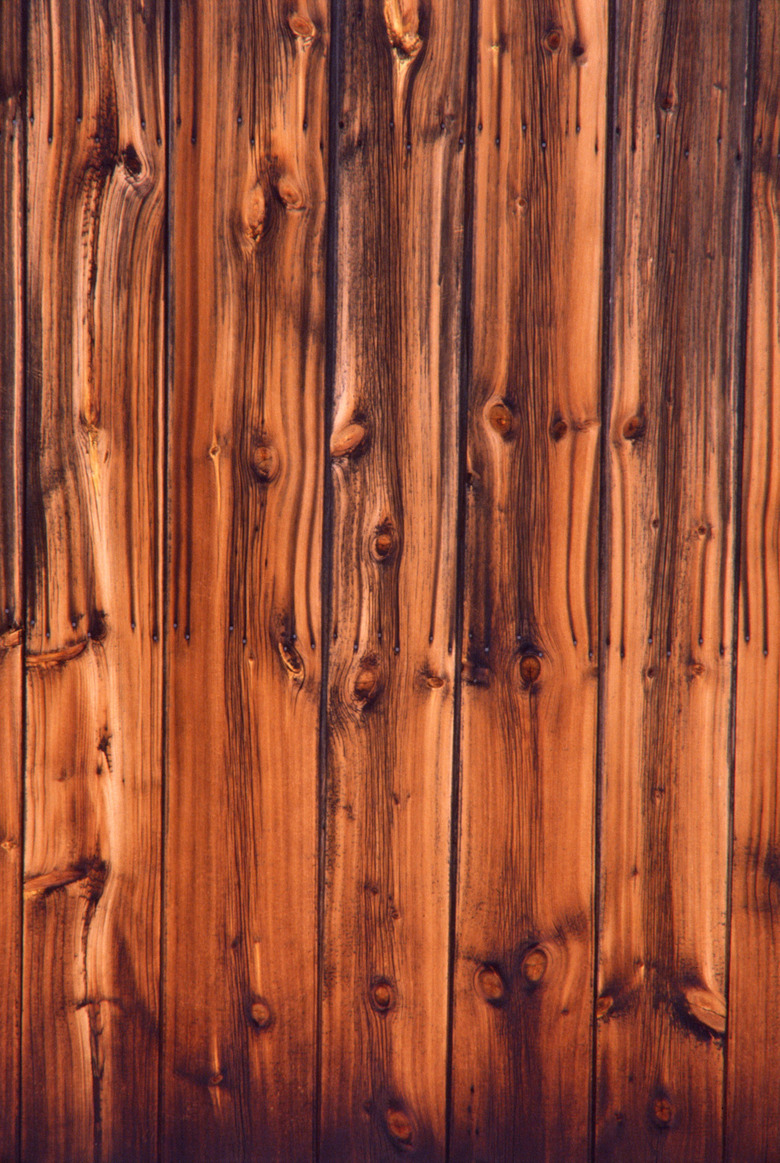Can You Tile Over Panelboard?
Installing ceramic tile and natural stone is a common way of sprucing up your kitchen or other areas when remodeling. And while there are a variety of acceptable substrates that can be used to install tile, you can also use existing surfaces in certain circumstances. While tiling over panelboard is not ideal, it can be done as long as you use the proper installation methods.
Movement
Movement
Movement is a crucial element in any tile installation. With walls this is also true, but it is less important than with a floor installation where foot traffic is a constant concern. As such, while tiling directly over wood of any kind is generally frowned upon in the tile industry, you can tile over a wood paneled wall as long as the proper adhesives are used because the movement is negligible.
Structural Integrity
Structural Integrity
The structural integrity of the substrate is of utmost importance when dealing with tile installations of any kind. With floors, installing tile on top of any other material is generally a bad idea because of the inherent movement between the other material and the substrate, which can eventually cause tiles to pop off the floor or grout to crack out. But with walls, there is little in the way of movement, and as long as the wood paneling is structurally sound, installed properly, and mounted securely to the wall, you can install your tile over it.
Mastic
Mastic
Mastic is a glue-type adhesive that is rated for use with most types of substrates, including wood paneling. If you are installing any type of tile onto the face of wood paneling for a backsplash, you can use mastic to install the tile. A regular, non-modified thinset mortar will fail to stick to the wood paneling, so if you are planning to tile directly over a wood panel, this is one of the few adhesives that will allow you to do so within tile installation guidelines.
Latex-modified Thinset Mortar
Latex-modified Thinset Mortar
When working with wood substrates, you cannot use a normal, non-modified thinset mortar as they are only rated for working with concrete substrates. You have to use a latex-modified thinset mortar that is specifically designed to be used with wood. The extra components in these thinsets allow the tile to bond to the wood as well as add extra elasticity to help the installation move with seasonal swelling on top of the wood.
